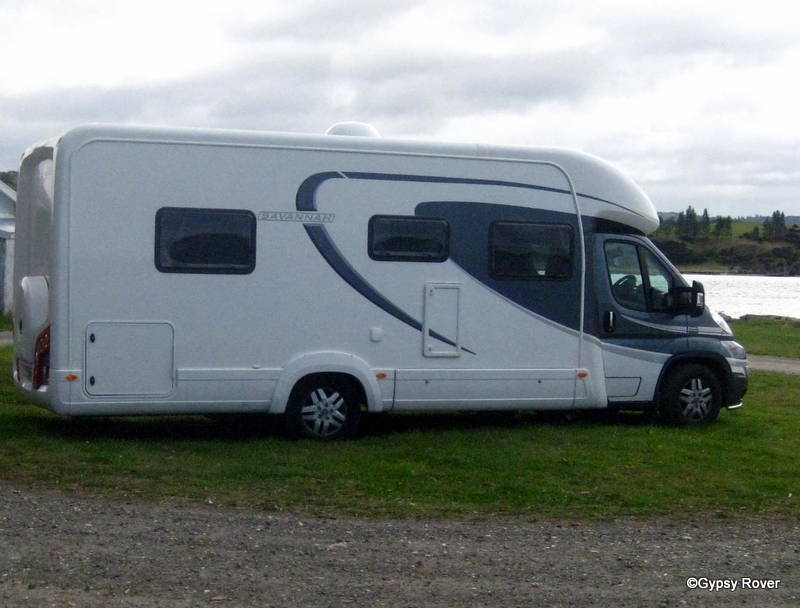2 Locks, 6½ Miles. Now moored below Dutton Lock.
First of all thanks to Steve of the BBC Manchester for your email. Were you in the picture by any chance Steve?
After a sleepless night ,the night club on the opposite bank kept us awake until 2am, we moved up to the BW facilities for water and use the toilet. The water was no problem but the toilet was another matter. The cistern didn't seem to have enough oomph to flush the bowl properly so being the handy kiwi that I am, I got out our bucket and gave it a real good flush. After about the 4th bucket load I found raw sewage coming back up the drain outside which is under the water tap, don't want any of that in our water thank you very much! After a good look around there were signs that this had been going on for some time. After hosing the yard down we eventually got under way heading back down river from whence we had come.
We got a good view of the lift as we passed by and took some more photo's. After leaving the salt works in the distance the scenery started to improve. At Saltersford lock we made contact with the lock keeper and I passed on greetings from Iain and Myra on Nb Martlet which he returned with thanks and I then gave him a written complaint about the Northwich toilets to pass onto his superiors. He had a quick read and was immediately on the phone to get it fixed smartly. Now that's what I call service.
Now to change the subject, these locks are enormous even compared to the Thames locks. We looked about as big a dinghy all alone in the lock which I would hazard a guess and say that you could probably get 12 to 15 narrowboats in all at once. What caught my eye was the railway semaphore signals at both end of the lock. The lock keeper informed me that in the days when steam ships used to regularly call up river the lock were manned 24/7. There were not as many tree's along the banks in those days and the skippers on the ships could see the signals from up to half a mile away. They could see which lock was in operation and if there was any likelihood of a ship coming from the opposite direction giving them time to slow themselves down or even hove to until the way was clear. Of course they are not in use today, just a reminder of the past.
Now we passed under 3 swing bridges today which I haven't included in our running total as we didn't need to open them, reason being they were so big and high and are all electrically operated by BW if and when any large or tall ships, i.e yachts, come to visit. The last and largest ship ever to come up river was back in 1984.
As we approached Dutton lock we spotted this old wreck slowly rotting away in the reeds. It transpires that the owner had it registered in the name of a fictitious company so that he couldn't be held responsible for it. Fifteen years later and BW would still like to get it shifted but the real owner has since died so BW are left holding the baby. They reckon it will cost £60.000 to get it moved so anybody out there want a restoration project or a few tonnes of scrap metal, its all there for the taking.
The lock keeper apologised for the slowness of the lock emptying but explained that one of the paddles was broken and they were waiting for a resource consent to get it repaired because the locks are listed buildings. Listed buildings is fine but the paddle goes under water were nobody can see it for Pete's sake. Is this bureaucracy gone mad or what?
Once through the lock we just spun around onto the visitor mooring with water point supplied where we will stay the night. It's certainly a lot quieter than last night and we haven't even seen or heard a train on the Dutton railway viaduct just down stream from us.
1469 locks, 3069½ miles, 51 Tunnels, 42 swing bridges and 39 lift bridges since Nov 2006



















































